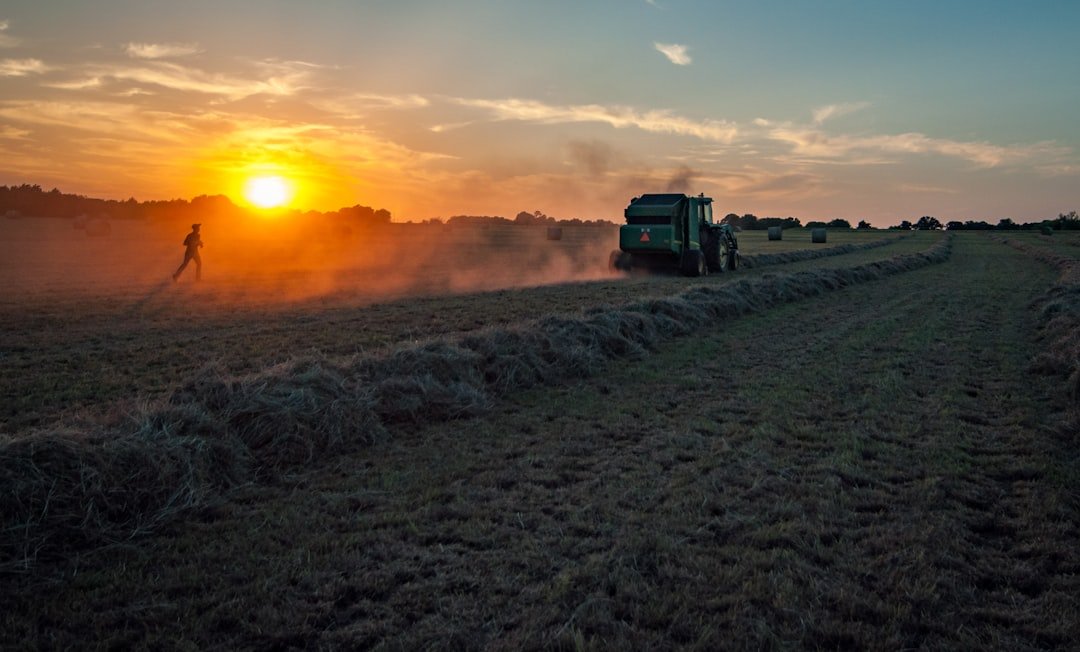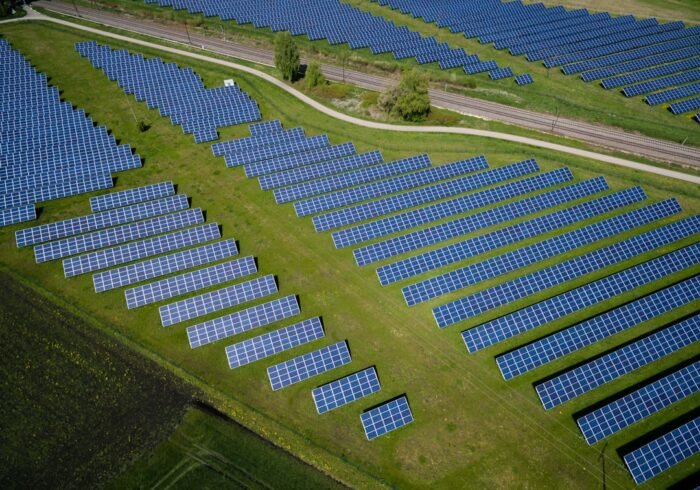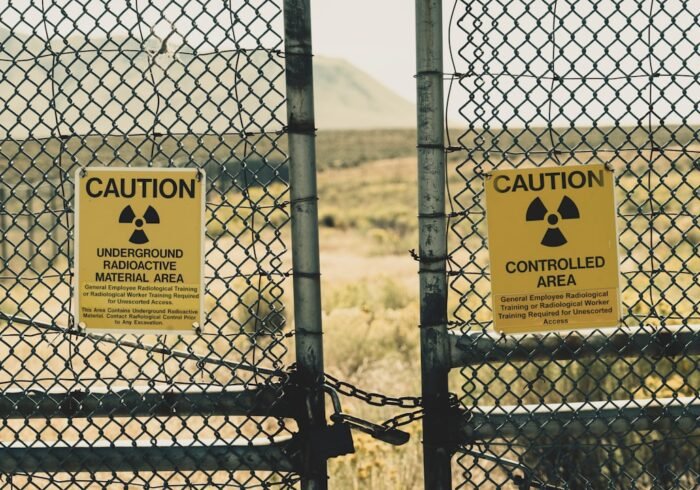A Growing Concern for Our Planet Soil degradation is a concerning phenomenon that threatens both human societies and ecosystems. It describes the deterioration of soil productivity and quality brought on by a number of natural & man-made factors. Salinization, contamination, nutrient depletion, and erosion are some of the ways that this degradation can appear. Soil, the basis of terrestrial life, is essential for sustaining plant development, controlling water cycles, & offering habitat to an enormous number of organisms.
Key Takeaways
- Soil degradation is the decline in soil quality caused by various factors such as deforestation, overgrazing, and improper agricultural practices.
- Causes of soil degradation include erosion, nutrient depletion, pollution, and compaction, leading to reduced soil fertility and productivity.
- Soil degradation has significant impacts on the environment, including loss of biodiversity, increased greenhouse gas emissions, and decreased carbon sequestration.
- Agriculture is heavily impacted by soil degradation, leading to reduced crop yields, increased input costs, and loss of arable land.
- Soil degradation also affects water quality by contributing to sedimentation, nutrient runoff, and contamination of water bodies, posing risks to human health and aquatic ecosystems.
But worldwide, soil health is rapidly declining as a result of the growing demands of contemporary agriculture, urbanization, and industrial activity. Beyond the immediate loss of agricultural productivity, soil degradation has far-reaching effects. It has an impact on biodiversity, water quality, and food security, which can cause whole ecosystems to become unstable. Understanding the causes & effects of soil degradation is crucial as the world struggles with issues like population growth and climate change.
The objective of this article is to examine the various aspects of soil degradation, its origins, and its extensive impacts on biodiversity, agriculture, the environment, and water quality. It will also highlight the significance of group action and go over possible ways to lessen this urgent problem. Unsustainable methods of farming. Unsustainable agricultural practices are one of the main causes of soil degradation.
Monoculture and overuse of chemical pesticides and fertilizers are examples of intensive farming practices that can cause soil compaction & nutrient depletion. Over time, these methods reduce the soil’s fertility by depleting it of vital nutrients and organic matter. The degradation of soil and urbanization. Soil degradation is significantly influenced by urbanization as well. Natural landscapes become concrete jungles as cities grow, sealing soil & displacing arable land.
| Causes of Soil Degradation | Impacts of Soil Degradation |
|---|---|
| Deforestation | Reduced agricultural productivity |
| Overgrazing | Increased soil erosion |
| Industrialization | Loss of biodiversity |
| Urbanization | Compromised water quality |
This raises the possibility of flooding & additional erosion in addition to decreasing the amount of land that can be used for agriculture & interfering with natural water drainage systems. Soil contamination and industrial activities. By releasing harmful chemicals and heavy metals into the soil, industrial operations contribute to soil contamination, which can make vast swaths of land uninhabitable by both plants & animals. Degradation of the soil has significant and varied effects on the ecosystem. The loss of soil fertility, which has a direct impact on plant growth and agricultural productivity, is one of the most obvious effects.
Farmers may use more fertilizers and pesticides to make up for nutrient loss as soils lose their ability to support crops. This dependence on chemical inputs can result in additional deterioration of soil health and establish an unbreakable cycle. The inability of degraded soils to retain water further aggravates drought and flooding problems. When rain falls, degraded soils frequently have trouble absorbing water, which causes runoff to carry away nutrients and valuable topsoil. This disturbs aquatic ecosystems by lowering soil quality and causing sedimentation in rivers & lakes.
A further factor in climate change is the release of carbon stored in soils into the atmosphere, which can lead to higher greenhouse gas emissions when organic matter in soils is lost. Soil degradation has the greatest impact on the agricultural sector. Food security for millions of people worldwide is at risk as crop yields fall as soil fertility and structure deteriorate. Farmers might become stuck in a cycle where they have to use more inputs to get the same results, which raises expenses and decreases profitability.
Smallholder farmers who depend on healthy soils for their livelihoods are especially affected by this situation. Also, increased susceptibility to diseases & pests can result from soil degradation. Although degraded soils frequently lack this biodiversity, healthy soils support a variety of microbial communities that aid plants in fending off infections.
Crops are consequently more vulnerable to pests & illnesses, which forces farmers to use even more chemical treatments. In addition to increasing production costs, this puts the environment and human health at risk due to pesticide runoff. The quality of water is also significantly impacted by soil deterioration.
Soils lose some of their capacity to filter water when they are compacted or eroded. Increased runoff results from this, bringing pollutants, nutrients, and sediments into adjacent bodies of water. Sediment inflow can choke aquatic habitats and upset ecosystems, and too much nutrient can lead to eutrophication, which lowers oxygen levels in water bodies and creates dead zones where aquatic life cannot live. Hazardous materials can also seep into groundwater supplies from contaminated soils. Aquifers can become contaminated by heavy metals and chemicals from industrial processes or agricultural runoff, which can seriously endanger the health of communities that depend on these water sources for irrigation and drinking. In addition to endangering terrestrial ecosystems, soil degradation lowers the quality of water supplies that are necessary for human survival.
Because biodiversity and soil health are closely related, degradation of the soil has a significant impact on many species that rely on healthy ecosystems. Degradation of soils reduces their ability to sustain a variety of plant life, which impacts herbivores and predators in the food chain. Plant diversity loss can cause many species to lose their habitat, which can lead to population decreases or even extinction. A wide variety of microorganisms that are essential to the decomposition of organic matter and the cycling of nutrients can also be found in healthy soils.
Further reductions in biodiversity result from the disruption or diminution of these microbial communities caused by degraded soils. The resilience of ecosystems to environmental changes can be threatened by the loss of soil organisms, which can have a domino effect on ecosystem services like pollination and pest control. It takes a multifaceted strategy that includes both policy interventions and sustainable land management techniques to prevent soil degradation. A good way to maintain agricultural productivity while improving soil health is to support agroecological practices.
Restoring soil fertility can be facilitated by methods like crop rotation, cover crops, & reduced tillage, which increase the amount of organic matter in the soil and stop erosion. Also, afforestation and reforestation initiatives can be extremely important in stopping soil deterioration by stabilizing soils with root systems that keep them together. Before runoff reaches aquatic ecosystems, it can be filtered by establishing buffer zones alongside waterways. Campaigns for farmers’ and landowners’ education and awareness are crucial to advancing sustainable practices that safeguard soil health. At the policy level, governments need to put soil conservation first by enacting laws that restrict destructive farming methods & encourage sustainable land use.
Research and development expenditures for cutting-edge farming methods can also give farmers the resources they require to preserve soil health & guarantee food security. One urgent worldwide issue that needs to be addressed right away by everyone—individuals, communities, governments, and organizations. Beyond agriculture, degraded soils have an impact on biodiversity, water quality, and environmental health—all of which are critical to the continuation of life on Earth.
It is becoming more and more obvious that collaboration is required as knowledge of the role that healthy soils play in halting climate change and guaranteeing food security increases. Everyone can help effectively combat soil degradation, from consumers choosing food sources with knowledge to policymakers pushing for sustainable practices. People can help create a more sustainable future by sponsoring regional farmers who place a high priority on soil health or by taking part in neighborhood projects that restore degraded areas. The importance of healthy soils as a resource & an essential part of the ecological balance of our planet must be acknowledged by society. Action must be taken immediately to protect our soils in order to guarantee a healthy planet for future generations.



